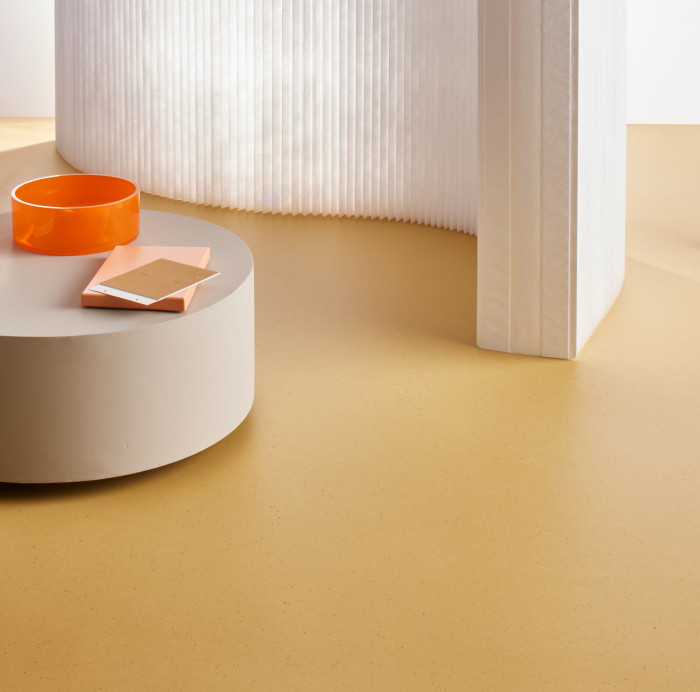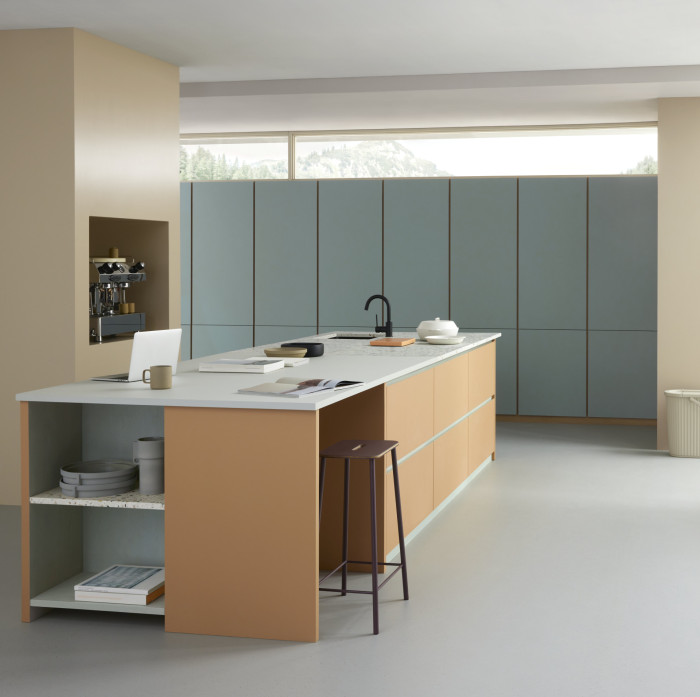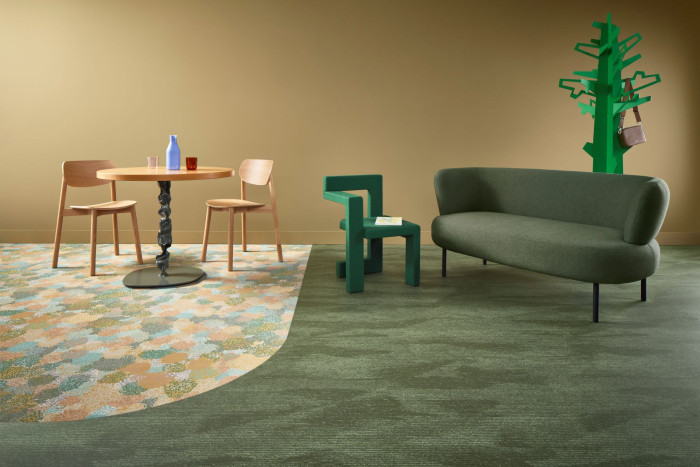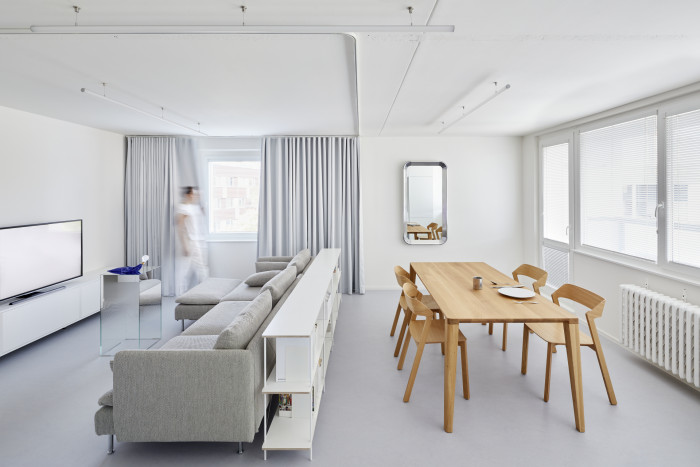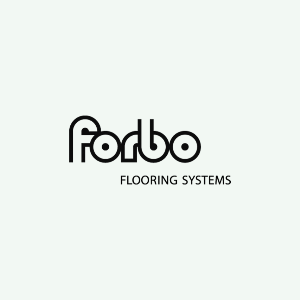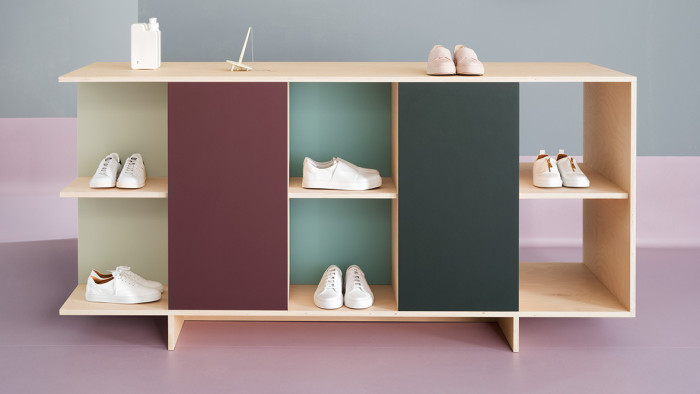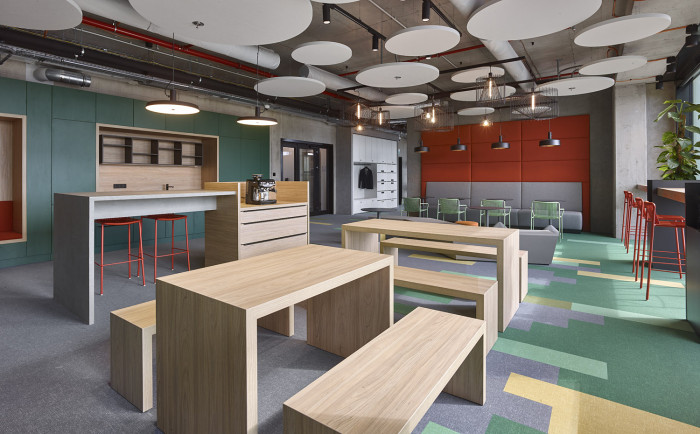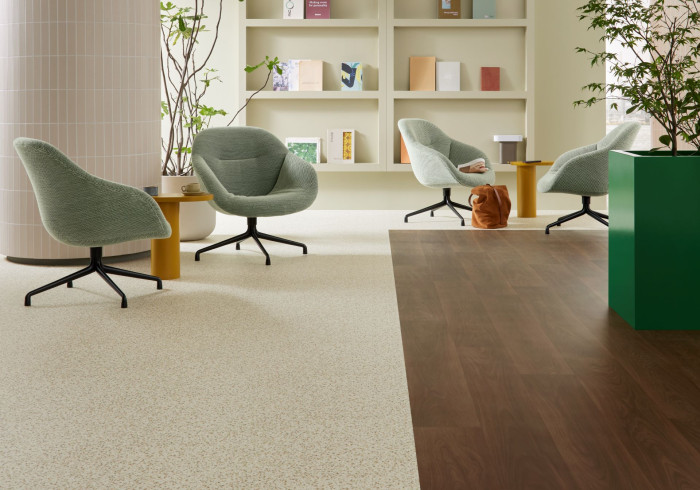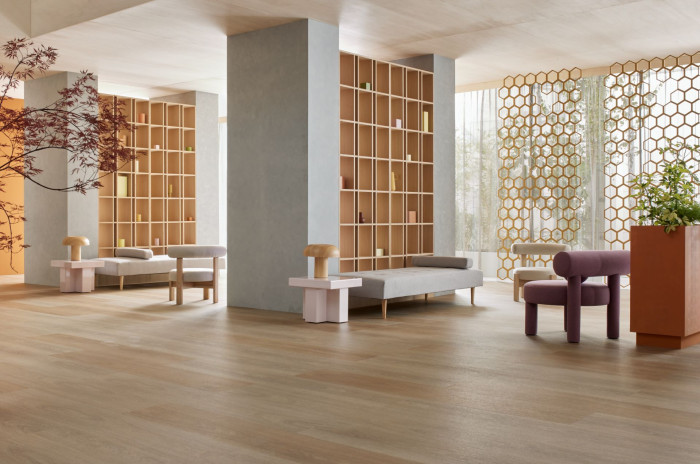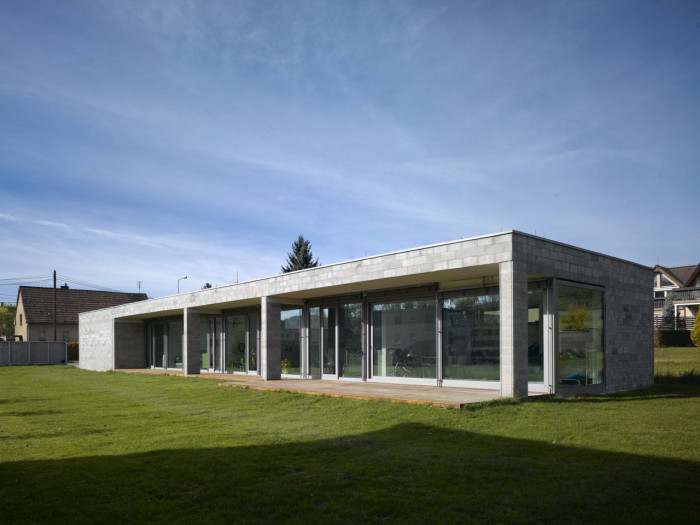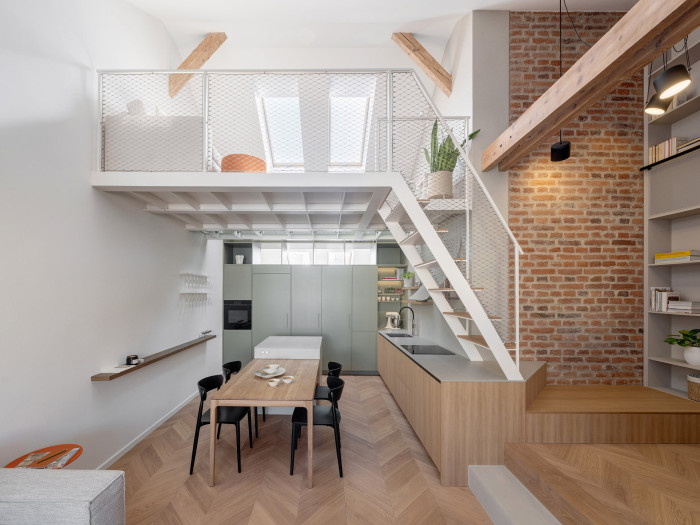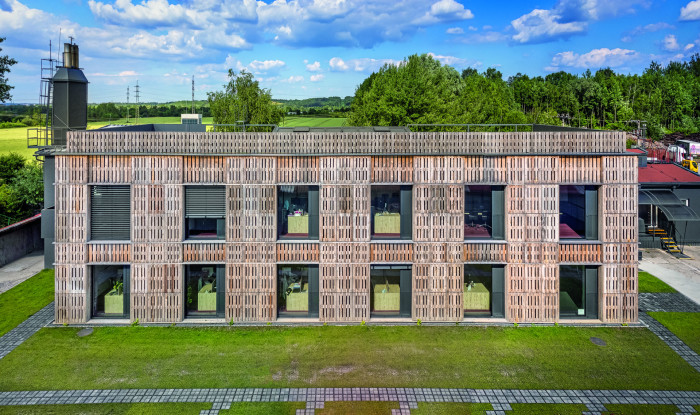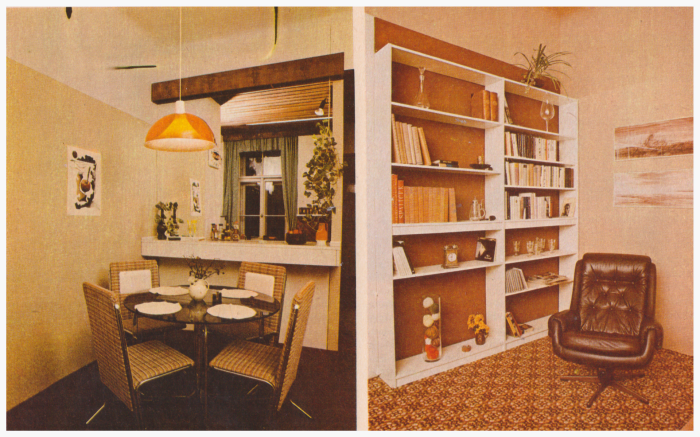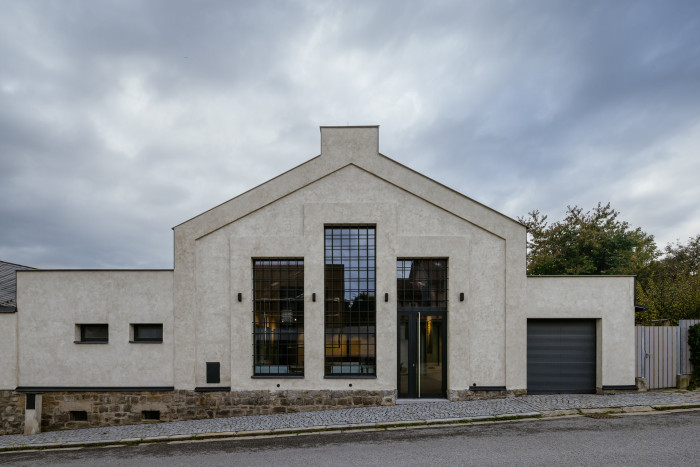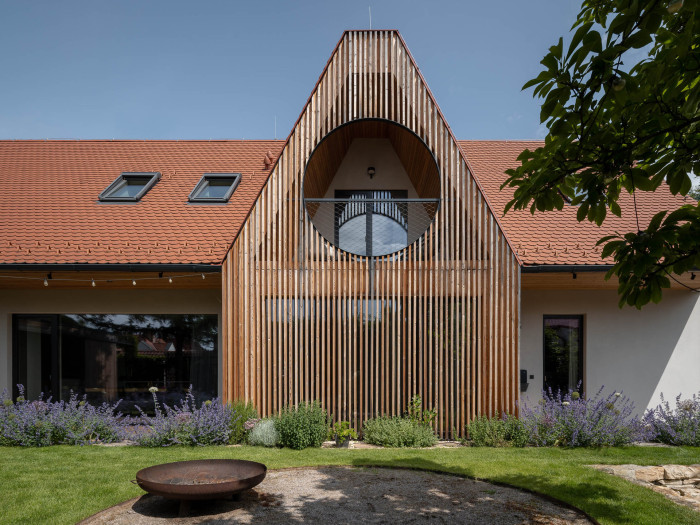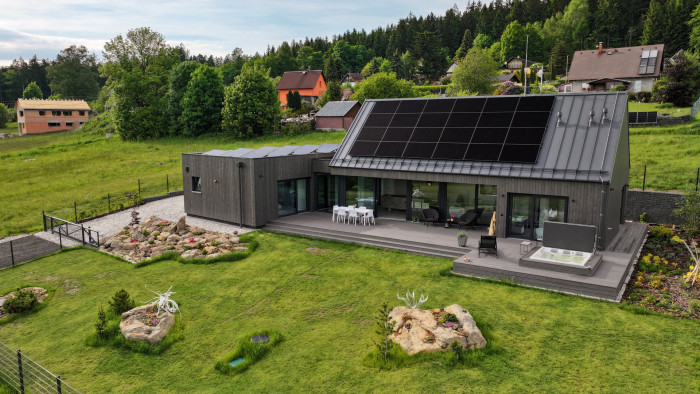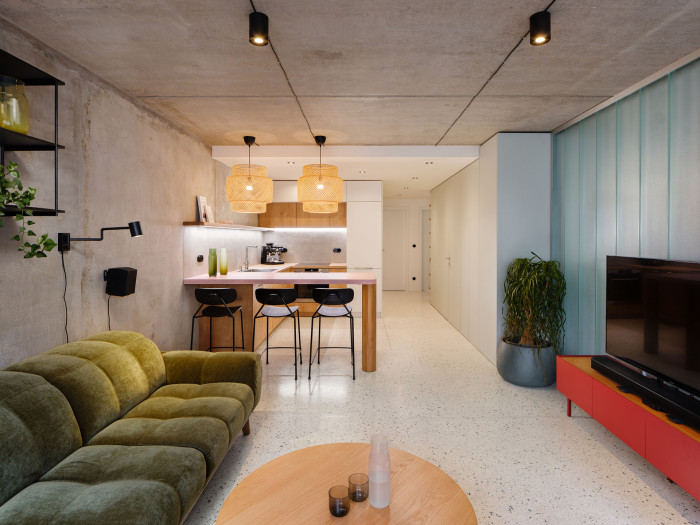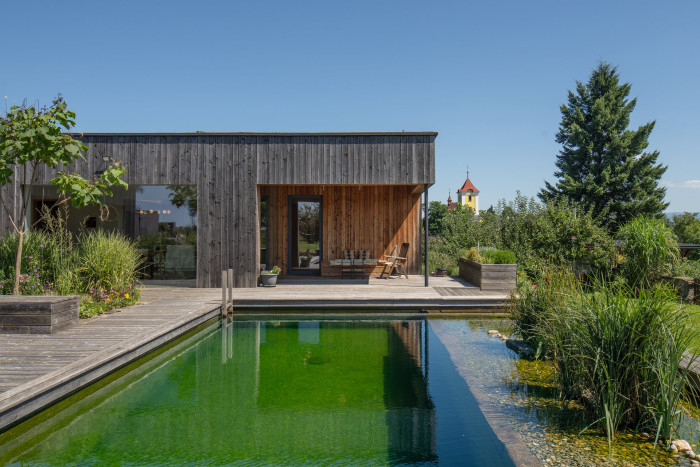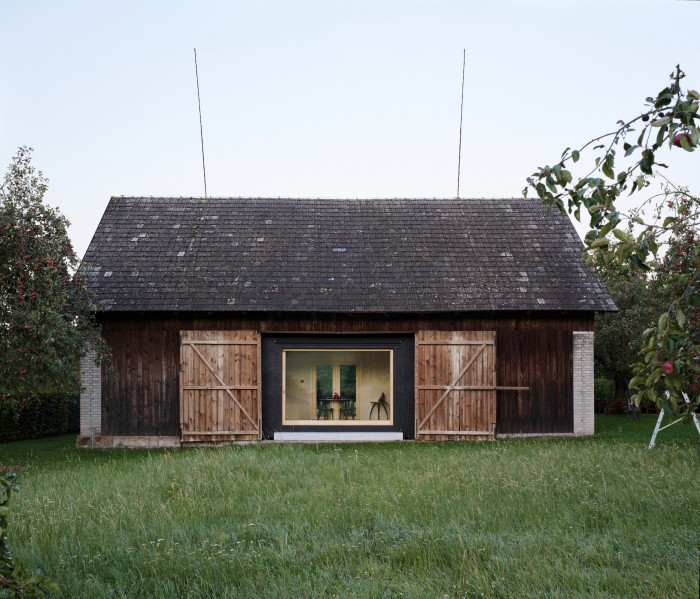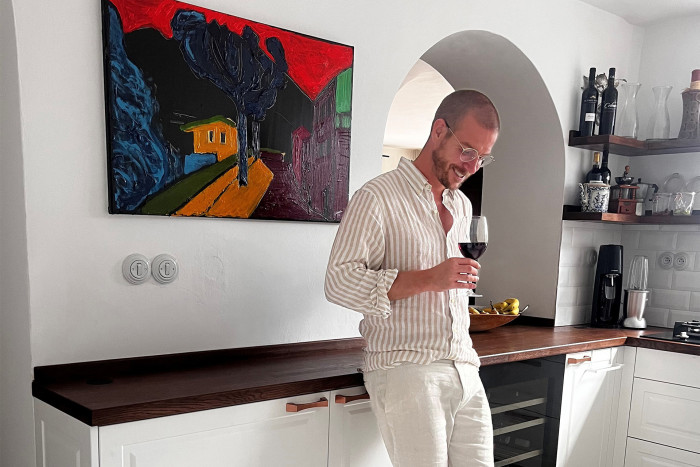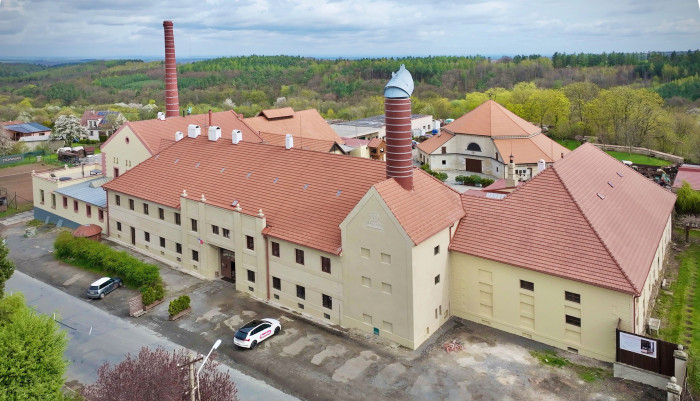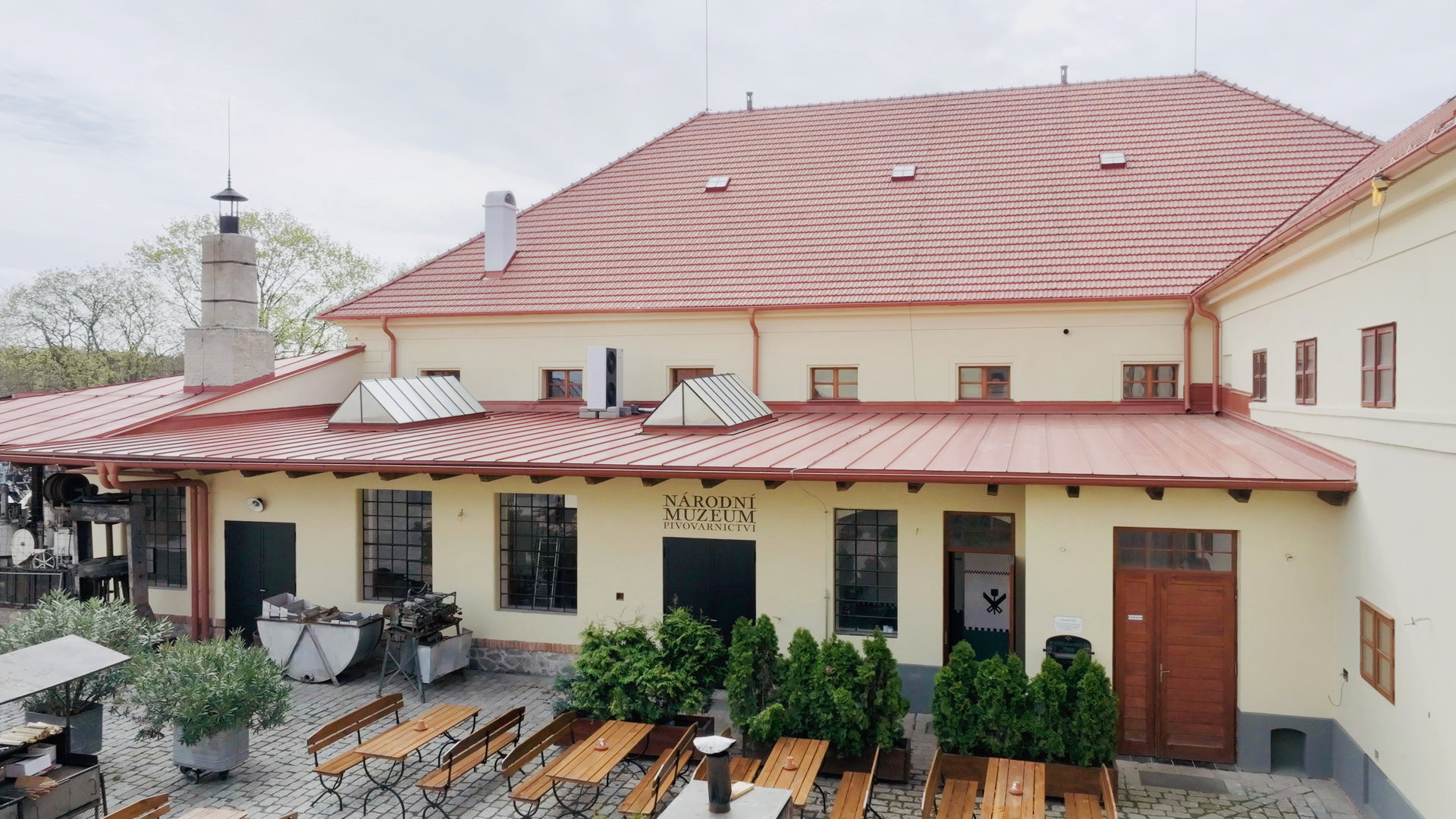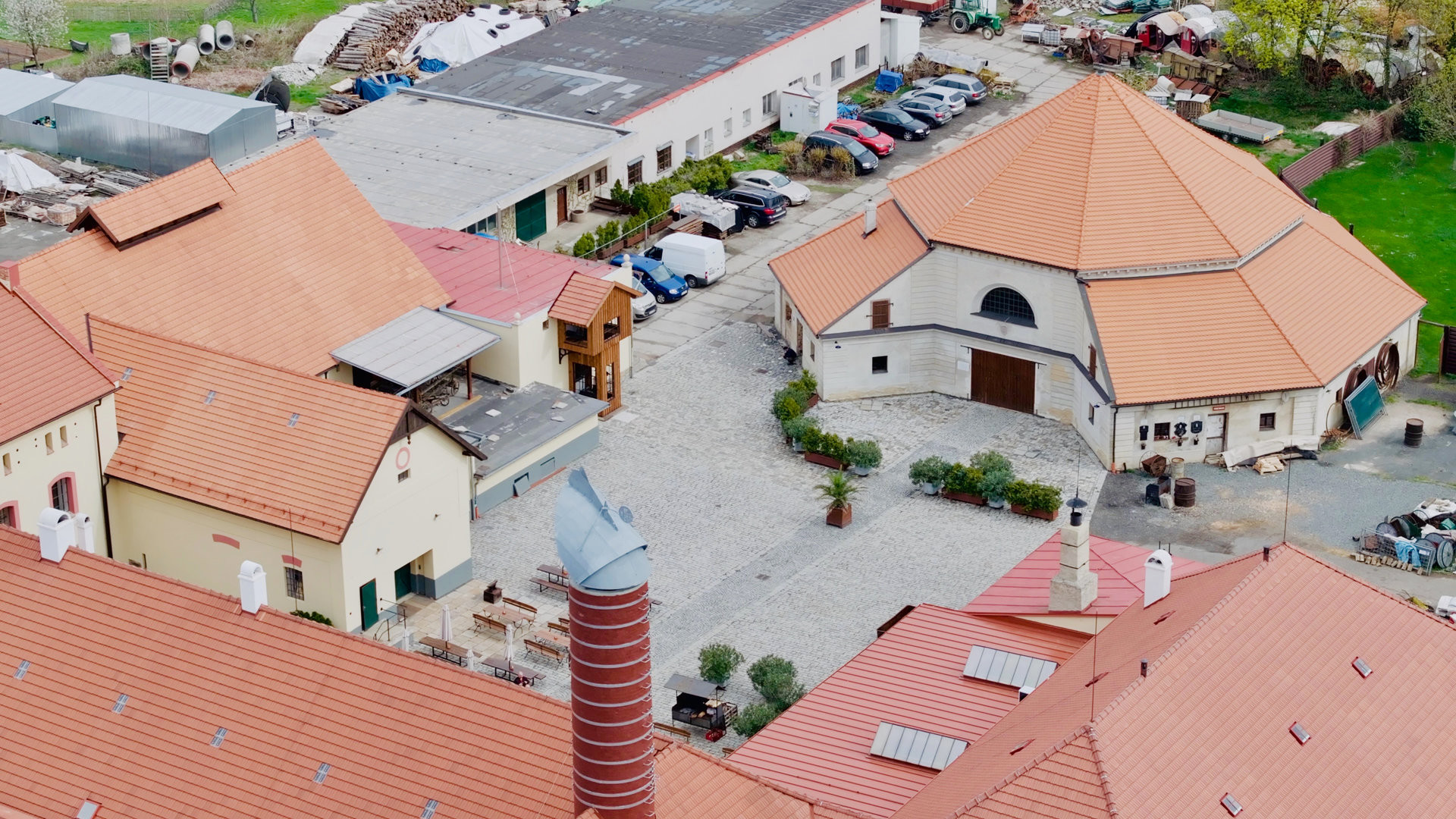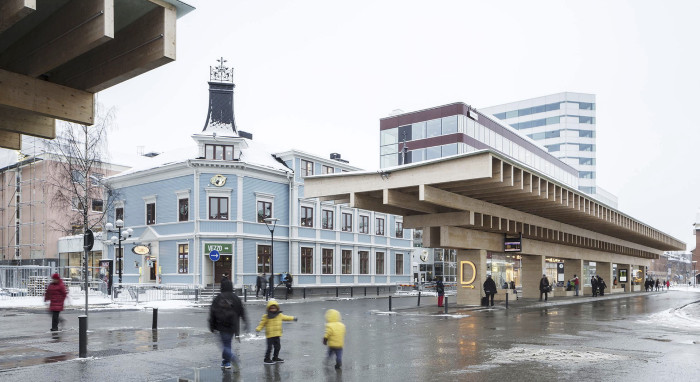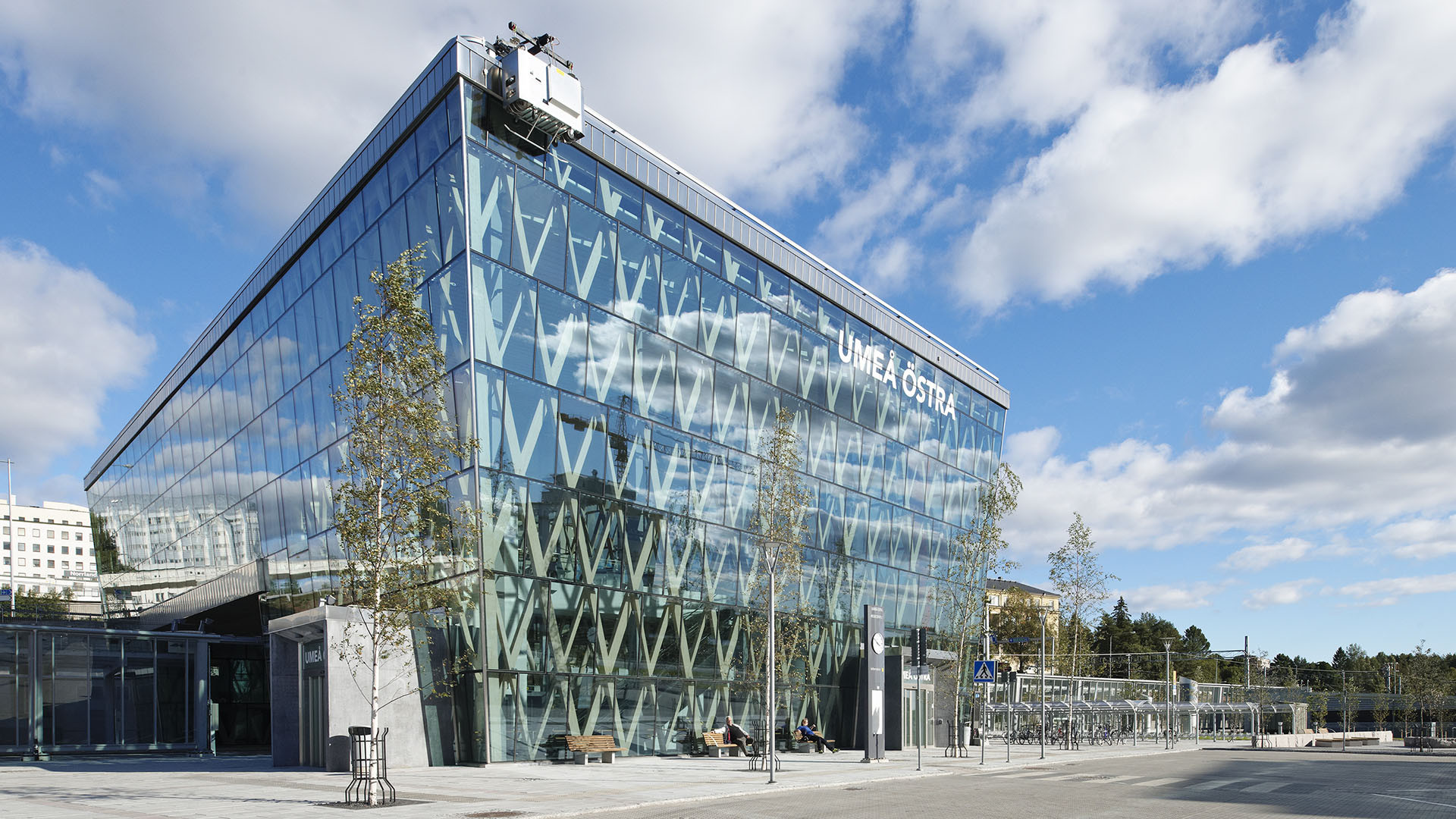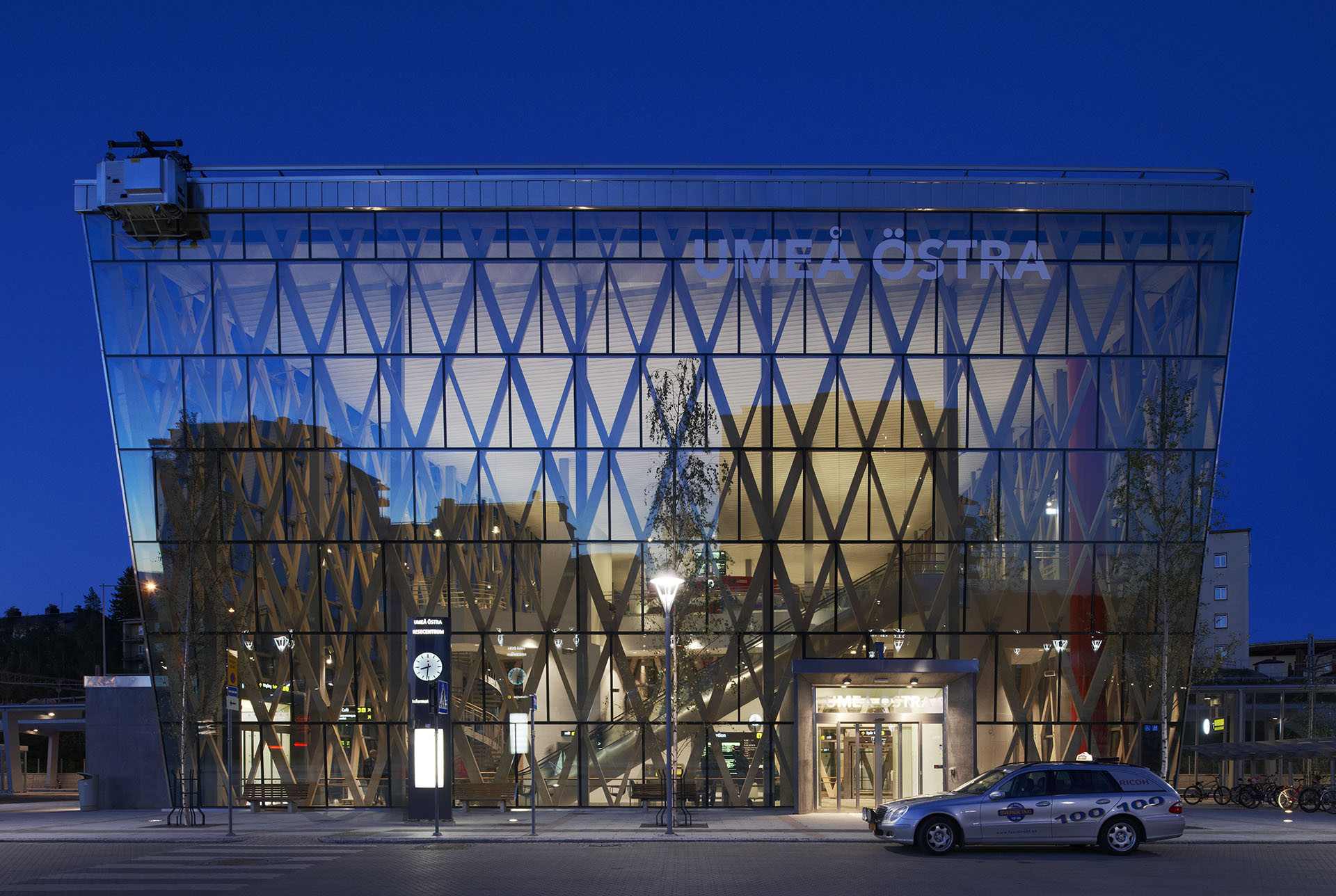Questions for the winners of Young Architecture Award 2009
Writing about projects taking part in this year of Young Architecture Award 2010, we used a chance to ask few questions last year winners in the Realisation section - team Embaixada. Let's remind they won with the conversion of a factory in Tomar, Portugal.
Michal Čermák , 14. 6. 2010
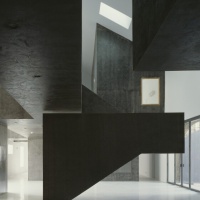
Every award or event develops its own personality over the years, edition after edition. The YAA started very well. We took acknowledge of the YAA award over the internet, and since the very first moment we felt that we shared the philosophy inherent to the award, and even most important than that, we shared both the organization and the jury concerns towards Architecture as a discipline of knowledge.
How would you judge the organization of YAA?
In the last four years we have been involved in several international architectural events, both as participants or organizers and I must say that the organization of YAA should be congratulated. The award has what it takes to growth to a larger and even more international platform.
Do you feel any benefit in personal carrier after a year? Where you asked for a job or cooperation since then because of the competition?
There are always contacts, after such an event, but the most important is to be focus on long term periods. Architecture is a very demanding discipline and one of the slowest forms of cultural expression. The most important for us was the fact that this award will cement a stronger relation from our office with the Czech Republic.
Would you recommend the competition YAA to your architectural friends as a method to become known and to gain new experience?
The personal experience, as participants in the YAA was very fulfilling and ever since we returned from the Czech Republic we have been recommending the YAA and giving it as an example. (Unfortunately the age requirement leaves many out)
In what do you see your biggest gains from the YAA except the price money?
The award has a strong symbolic effect, more then the price money that was its importance.
EMBAIXADA is committed to participate on the global discussion of contemporary architecture, and the project presented at the YAA is part of a very important investigation on the concept of reconversion.
Since the last decade of the xx century, it has been usual, in our old Europe, the commission of projects demanding the conservation, renovation and conversion of constructions from a recent and distant past and from the most diverse typologies, and cultural matrices. This preservation syndrome, sometimes leads to an overvaluation of the building structures. Age is not a warranty of architectural quality; on the contrary it is a natural process of selection. The adequacy to new and contemporary programs can be extremely liable to error and the EMIO project reflects a research on this matter.
The opportunity the YAA gave us to present and discuss the investigation in an international platform, meeting people such as MgA. Osamu Okamura or MgA. Ondrej Císler was our biggest gain.
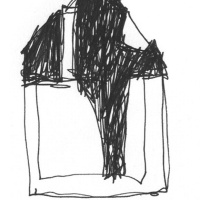
Comparatively to a process of architecture production, preparing the process for the Award was a very fast procedure. Once we knew the YAA and understand its values, we immediately enrolled the award.
Could you describe the difficulty of the task and the output?
The EMIO project is a reconversion of a former rundown infrastructure that plays a relevant role in the social and urban context of the city of Tomar, although without any particular architectural interest. Even though the building is protected under several historic-preservation ordinances and that became the main conditioning force in the global task.
This infrastructure was built as a storehouse for cereals belonging to the Knights Templar. Located at the beginning of the city historical centre, the building has been subjected to several attachments and changes over the years, finding itself threatened by some decadence and inadequate for the intended use.
Confronted with the regulation plans, the design maintains the entire external perimeter construction, while its rundown interior is totally scooped out. Therefore and due to the functional program, the new construction establishes itself as the anatomy of the existing building. A new architectural body that starts running throughout the available space, de-multiplying tectonically the finite interior into a new series of places and programmatic situations.
In the end, the final output reflects the main task conditioning ordinances and surpasses it by achieving a strong interior spatial autonomy.
If you look back, would you change anything on your project/realization?
Looking back or thinking on changing past projects can be a trick option, that is something we believe should be avoided. Inside EMBAIXADA, projects are developed within a much larger investigation on some key architectural issues. Usually the investigation does not reach its end on the first project and continues from project to project until achieving a final understanding of the problems and a final output. Since we are not concerned with formal issues, changing past projects can trigger a quantum paradigm; the only reason we would change anything is because we have more knowledge now, but the only reason we have a higher understanding is due to the fact that we took the options we took. Therefore, the question is not really about if we would change a past project, we wouldn’t, the question is if we would change the methodology. And, at the present moment, the answer is No.
Are you going to enroll again this year 2010?
That is a very interesting question but all I can say right now is that we already miss the Czech Republic.
How do you feel the scope of “architecture”?
EMBAIXADA has a very classical approach to Architecture. We see it as a way to develop a relevant cultural research and to acquire and share knowledge.
Our perception of contemporary architecture is that it tends to forget some primal principles, some essential questions on behalf of form and image. We believe in space and in an architecture made of spatial elements and spatial density. Our body of work is the void itself and the way it supports human interaction. For our office architecture is seen as an important support for the community dignity, both physically and psychologically.
Albuquerque Goinhas
More about the winning projecte HERE











<figcaption><span>Foto: eArch </span></figcaption>
</figure></strong></a>Tomar environmental monitoring and interpretation offices EMBAIXADA Architects 1st prize: Architect Award 09, Realisation
var _gaq = _gaq || []; _gaq.push(['_setAccount', 'UA-18103101-1']); _gaq.push(['_trackPageview']);
(function() { var ga = document.createElement('script'); ga.type = 'text/javascript'; ga.async = true; ga.src = ('https:' == document.location.protocol ? 'https://ssl' : 'http://www') + '.google-analytics.com/ga.js'; var s = document.getElementsByTagName('script')[0]; s.parentNode.insertBefore(ga, s); })();




